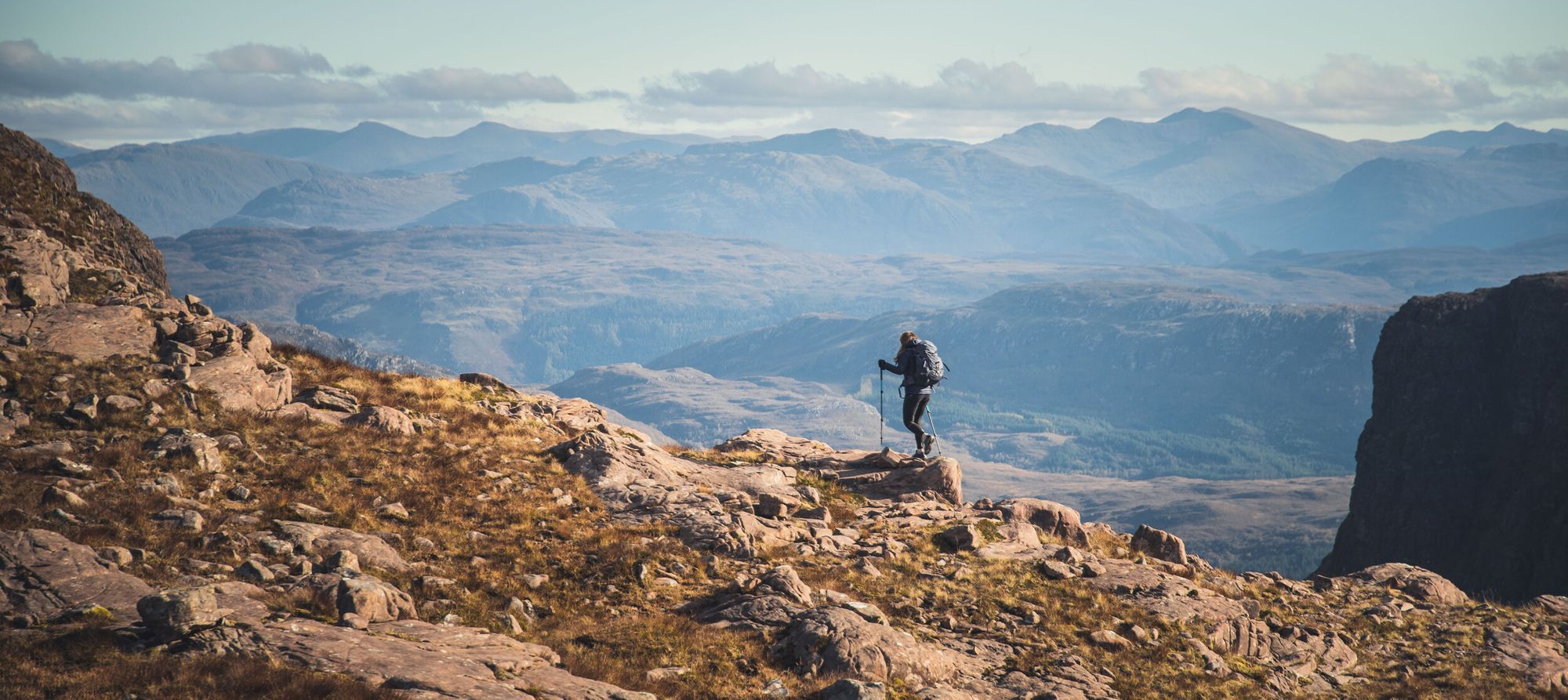Adventures come in all shapes and sizes. Every journey we take has the power to inspire, challenge, shape and teach us about the world we live in and about the people that call it home.
Every now and again we come across journeys that require a little more physical effort and mental attention, those in the wild places of ridgelines and mountains, across lakes and fjords or on the high footpaths that snake up to summit passes. They demand that good nutrition is not only based around what we put in our body, but that we also have positive mental nutrition - in the way that we think, prepare and train ourselves for what’s to come.
Travel, adventure and raw experience are the greatest teachers of who we are and what we’re capable of
I believe adventure is ultimately a mindset, rather than something we do. For some that could be exploring long walks along the undulating English coastal path for the first time; for others it could be summiting a volcano in Gran Canaria. For those with a thirst for more it could be wilderness trekking across the Arctic tundra of Svalbard, day after day.
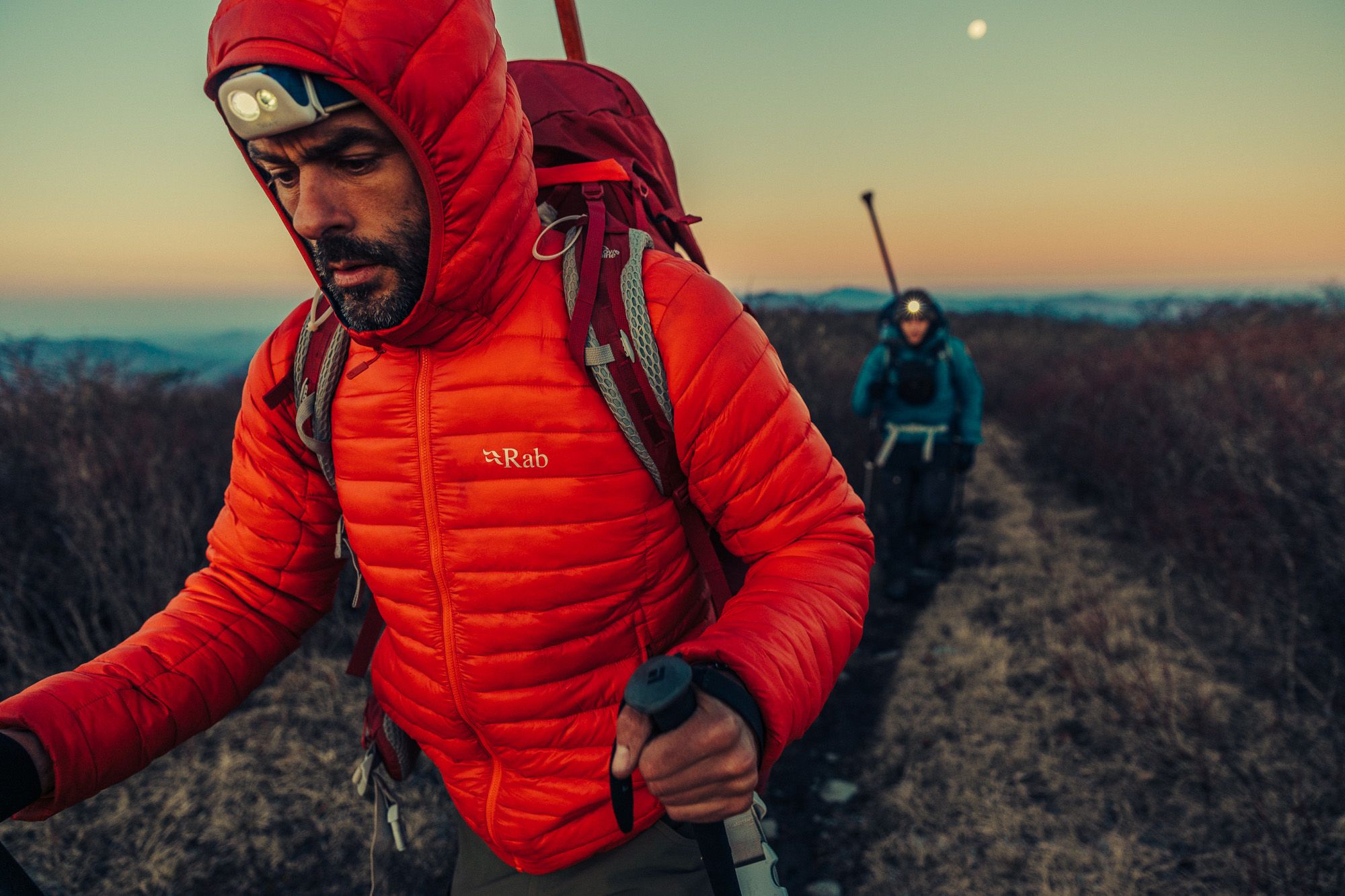
What’s important to remember is that anything is achievable with good preparation, even for the unexperienced. At each stage in the journey or at the culmination of the mountain climbed or fjord paddled, you’ll have developed an increased confidence, stamina and mental endurance that you’ll carry forward into your own lives when you return back home.
During my years with the Royal Marine Commandos, then as fitness trainer and now as an expedition leader, my life revolved around (and still does) being physically and mentally prepared for a life in the outdoors. It’s important to remember that preparing for any up and coming adventures can be a fun process of slow and incremental discoveries in building confidence and resilience through nature, while strengthening the mental muscles needed.
If we prepare the mind with knowledge and a flexible and positive outlook to training, the body will follow suit in the way that we want
I was once told in my early days in Commando training that “the mind moves the body” so if we prepare the mind with knowledge and a flexible and positive outlook to training, the body will follow suit in the way that we want. Then on game day we’ll be ready, inside and out.
Let’s lace up the boots and get started.
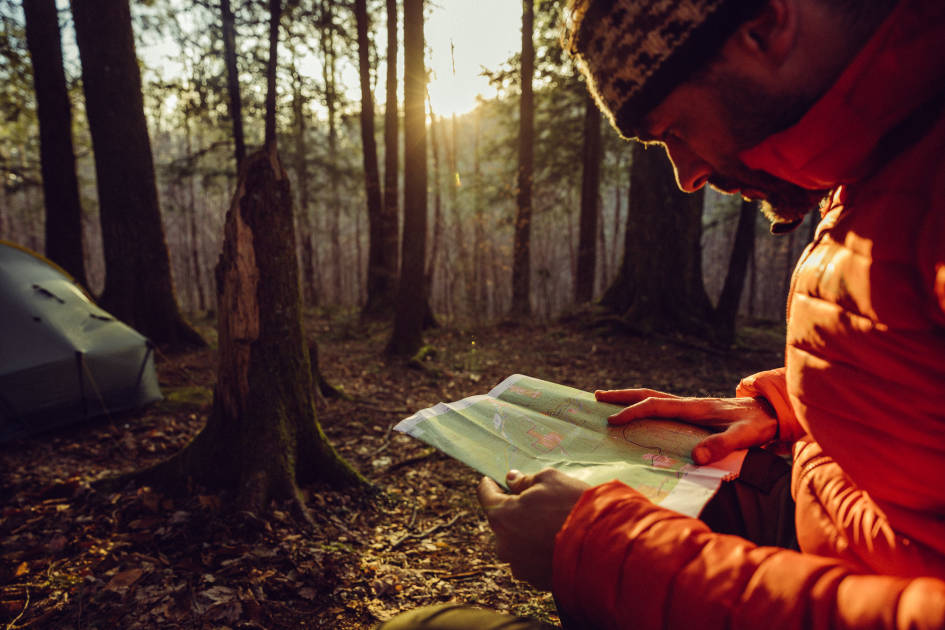
How to Train For a Multi-Day Hike
Here are my top tips for training for a multi-day hike of between 5-14 days, one that is from moderate to challenging in nature. I'd advise beginning your training around three to five months prior to departure.
1. Work Out The Nature of the Adventure
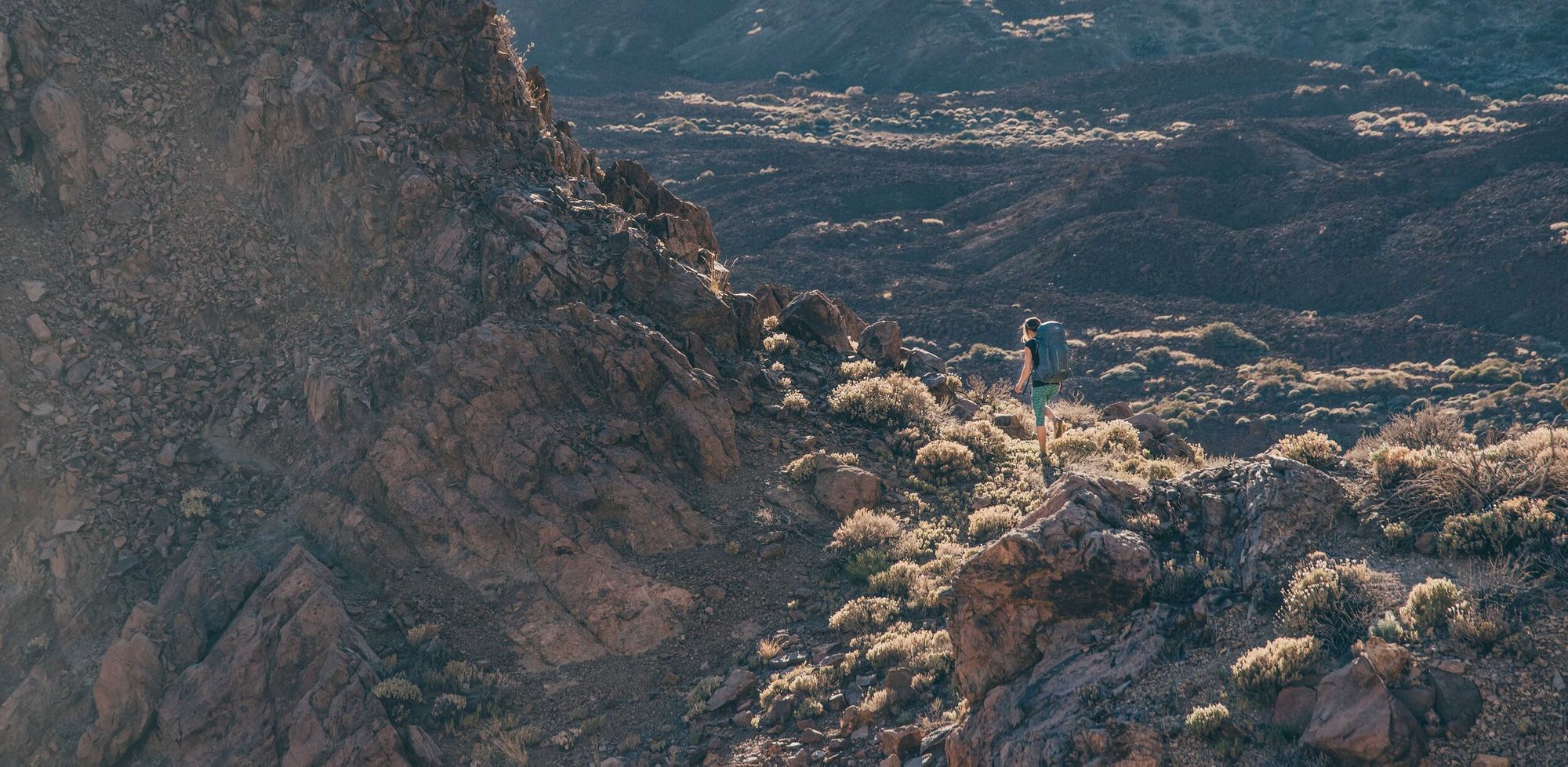
At the point you commit to going on a journey, it's important to clarify what it will be like, by finding answers to the following questions:
- What is the journey like you’re going to undertake?
- How many hours of the day will you roughly be walking?
- What’s the terrain like, flat or mountainous?
- Will you be low level or at altitude?
- Will you be carrying a backpack or not? If so, what’s the rough weight?
- Will you be in boots or not?
- Will you be in tents or roofed accommodation?
- Will it be hot or cold, what clothing am I expected to wear?
Like the ingredients to a recipe, knowing these answers (ingredients) is like knowing the steps to creating your favourite meal (which is your final journey). Knowing how to put the ingredients together will mean you’re better prepared. Once you’ve set an achievable training programme with all your components to succeed, you’ll be locked in and ready to go, I promise.
2. Set Achievable Goals
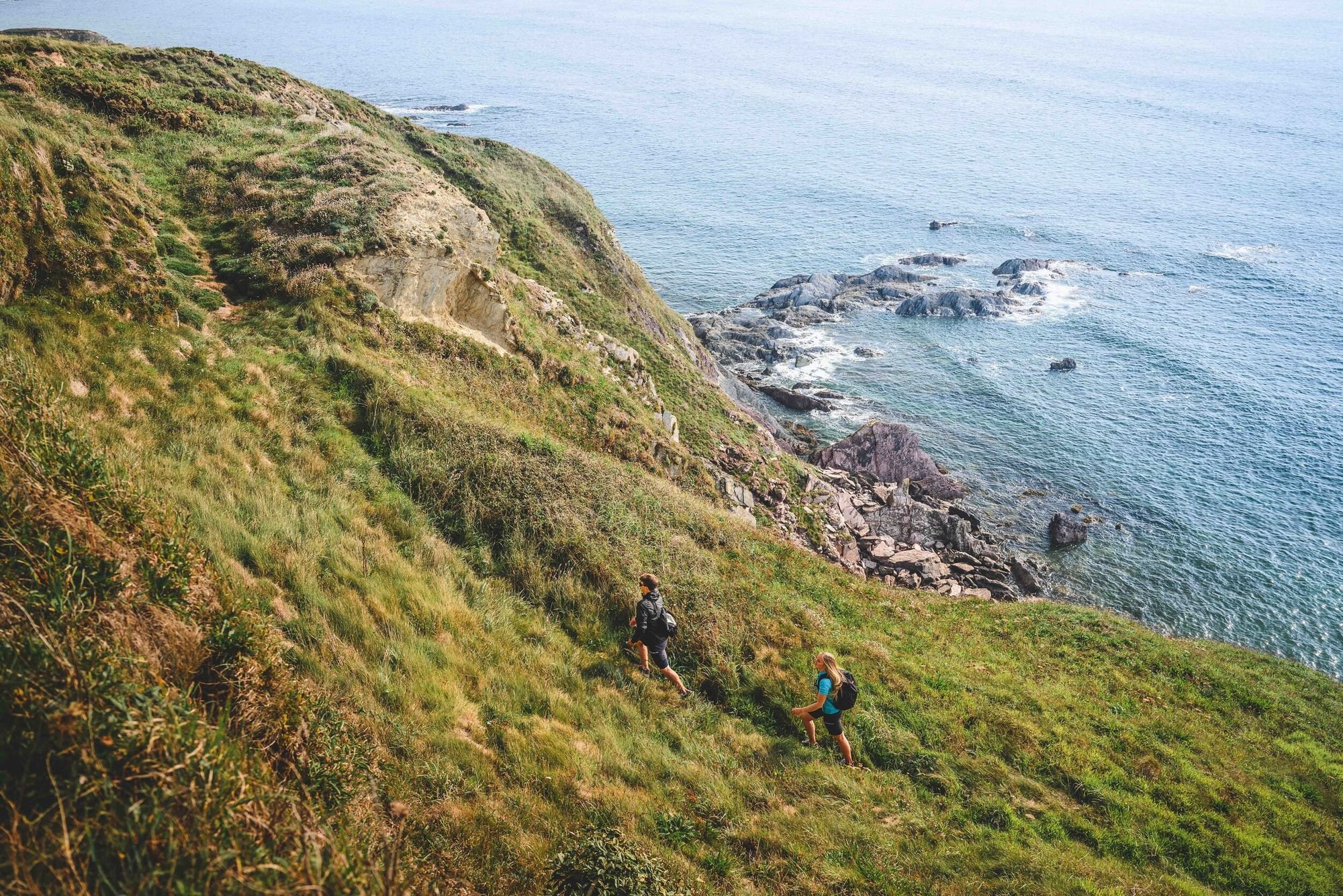
Relax! Start small, start local and build from there. Going too hard, far and fast too early could possibly result in injury. Also, it could affect your positive attitude and mental approach if you feel you’re not making progress towards becoming more prepared.
As an example, if your journey includes a 12-mile daily hike in the mountains, work up to this slowly over the first few months. Start on flat to undulating ground, low pack weight and in the boots you’ll be wearing on the actual journey. Do this once or twice a week for four, six or eight miles, building up to twelve miles on a mountain day if that works for you.
When you feel comfortable, latch two days together and walk twelve miles back to back. Listen to your body. If you feel exhausted, readjust, drop the numbers down and work back up over the coming weeks. The key is slow incremental progression - you’ll see progress, and progress is momentum. Momentum is morale!
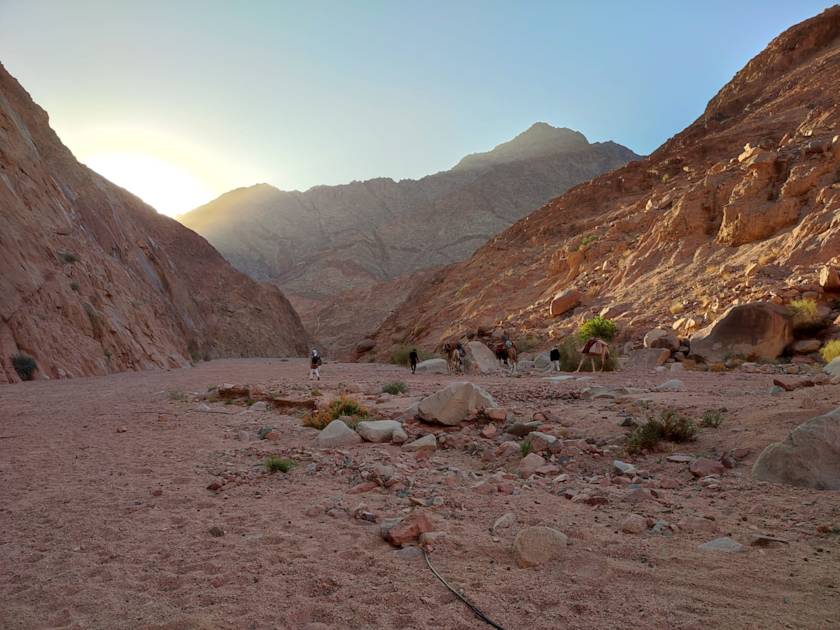
3. Plan Fitness Training to Suit Your Lifestyle
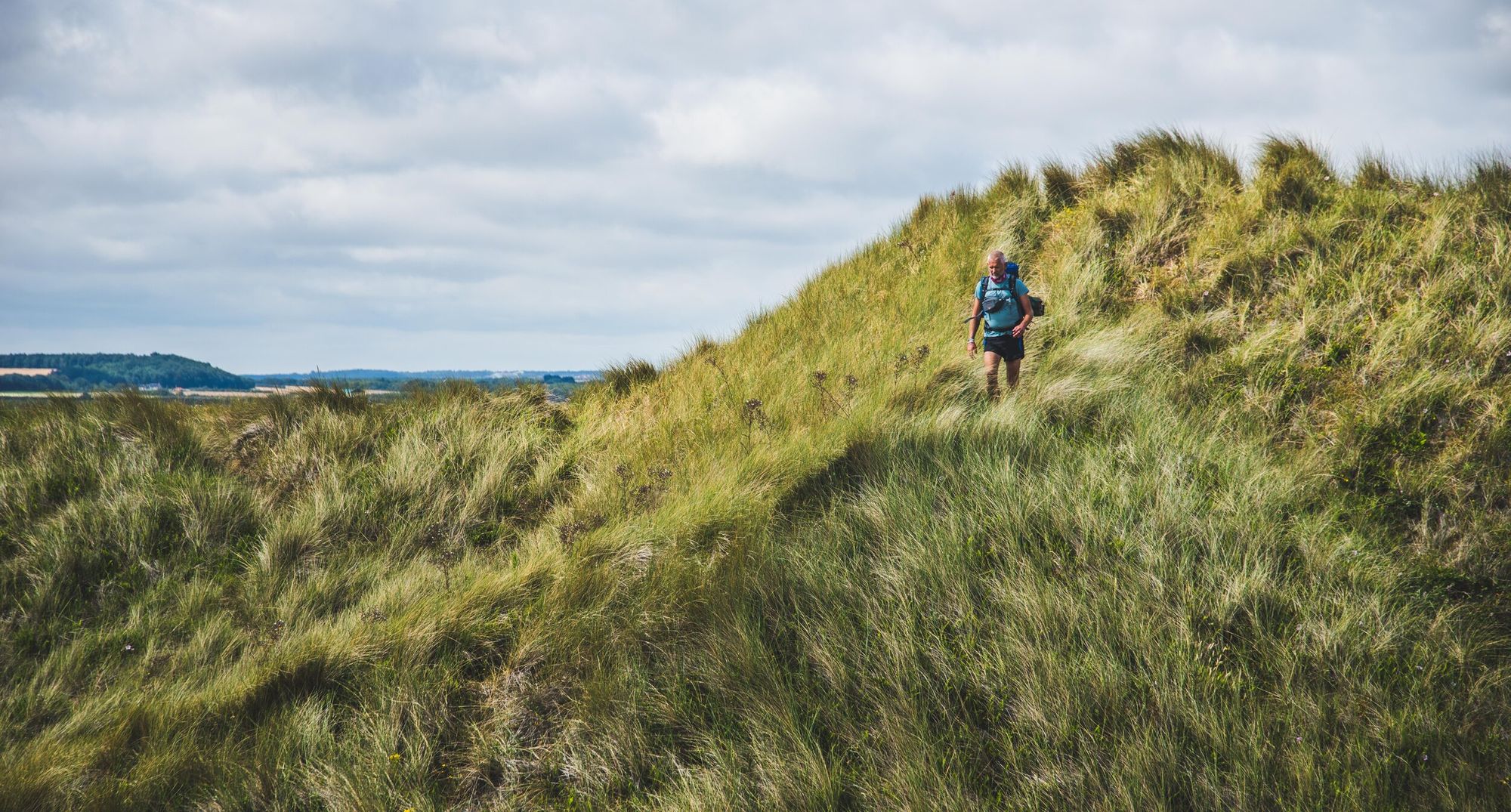
Like a fingerprint, this will be different and specific for every person based on work schedule, family commitments, current level of health and fitness and other factors. Some people prefer to exercise in the morning, some at night. Some can train alone, some prefer with a group or friends. There’s a myriad of methods and ways.
What’s important is that it works for you and is conducive to your lifestyle. When you feel comfortable there, you can work harder at getting out of your comfort zone! Try and incorporate the following into your plan:
Increasing cardio capability: Multi-day hiking requires a good level of cardio and relatively strong “hike” legs. In your current time for exercise take a moment to increase cardio capability with interval training, either with running or walking.
Interval training consists of intervals of fast and slower exercise for a duration of time, usually 20 seconds on 20 seconds off, 8 times over. Complete this safely and incrementally at your own level. Examples could be periods of speeding up and slowing down on your weekly walks and runs. This builds lung capacity.
The key is slow incremental progression - you’ll see progress, and progress is momentum. Momentum is morale!
Strengthening your legs: It's important to work on strengthening your legs and other major muscle groups (see the 'Exercises for Hiking' section below).
Logging your training and your progress: This is a great way to visualise your goals and chart progress. Think of your training as a pyramid. The peak of the pyramid is the peak of your training; the bottom right lower point of the pyramid is the day of your journey. Ease the training off in the weeks before the trip.
Stretching: Stretching for 10 mins twice a day will help with injury prevention and increase flexibility and range of motion. Look at stretching hip flexors, core, quads, hamstrings and Achilles, all the areas needed for effective hiking over longer distances.

Remember, you’ll get stronger as you hike. On the final journey you’ll naturally get stronger as you go. This isn’t an excuse to skimp on training though! Have faith that on the day, with the training you’ve done prior, you’ll rise to the challenge.
Note: Please consult a doctor or health and fitness professional before undertaking any exercise or nutritional programme.
4. Train with the Right Equipment
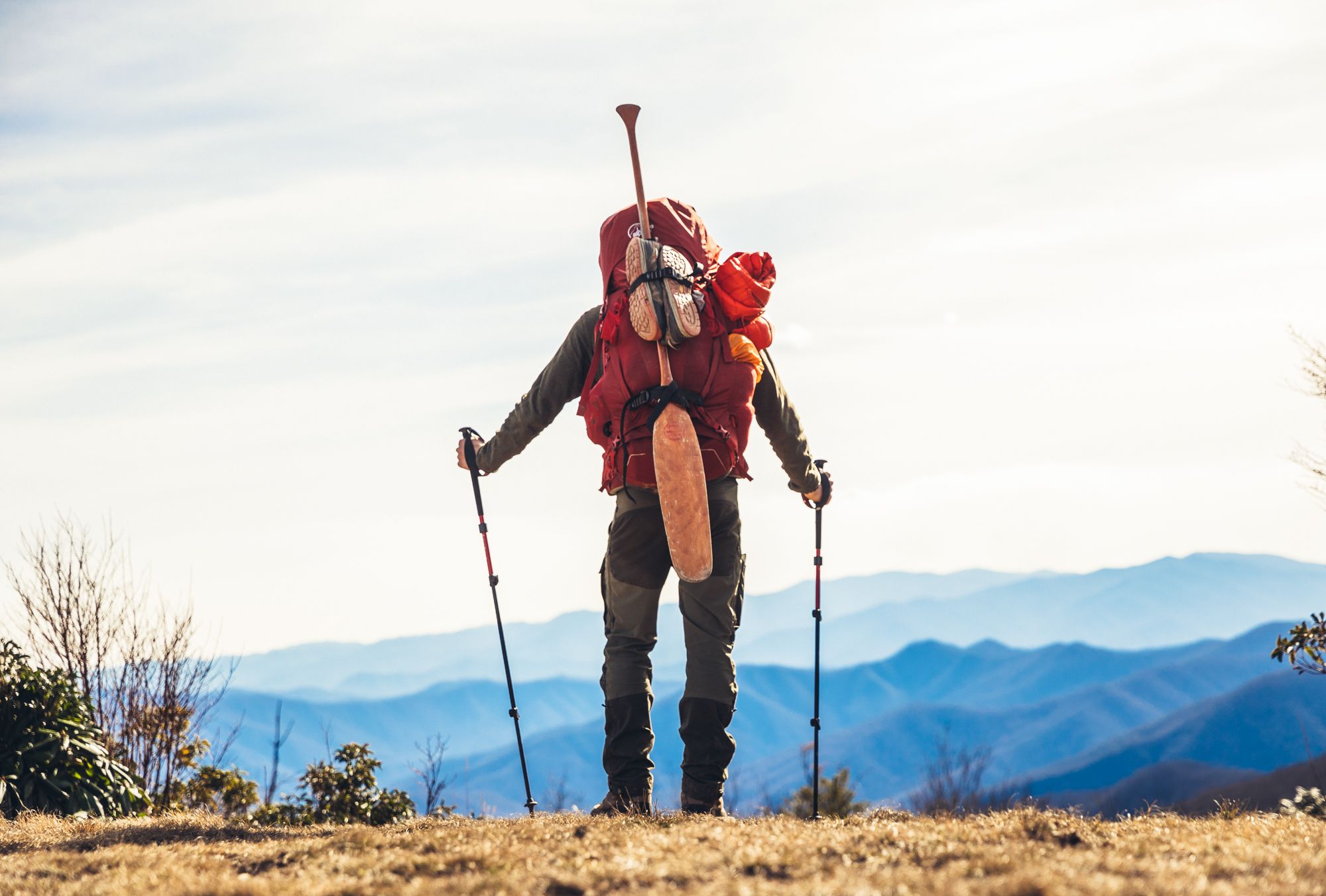
Training for a multi-day hike means it’s good to use equipment we know and trust. Ensure boots are well worn in and try to refrain from changing any inner soles the closer to the journey you get. Ensure you take numerous pairs of socks, alongside thinner “inner cotton socks” . Wearing two pairs will reduce the rubbing on the heel of the foot. If needed, check waterproofs for holes.
Train in the harsher conditions to build resilience and confidence. Train in the equipment that you’ll wear on the trip, so you’ll be familiar with the feeling and capabilities especially in challenging weather. This includes the backpack or daysack you’ll carrying.
5. Stay Flexible, Mentally and Physically
Training will ebb and flow, as will your work schedule, plans, energy, moods and motivation. Don’t be hard on yourself if you miss a training hike or don’t hit your required mileage. Stay flexible and don't create too rigid a training plan. This flexibility mindset will help if you deal with unexpected situations during the journey that’ll require you to adapt from the previous plan.
Keep moving forward and stay in sight of the overall goal to be as prepared as possible. Be aware that there are many routes to get where you want to be. Look at what stopped you from hitting your target, readjust aim and fire! Think "marathon and not a sprint" if you want to be fully prepared.
Stay flexible and don't create too rigid a training plan. This flexibility mindset will help if you deal with unexpected situations during the journey
6. Train with friends
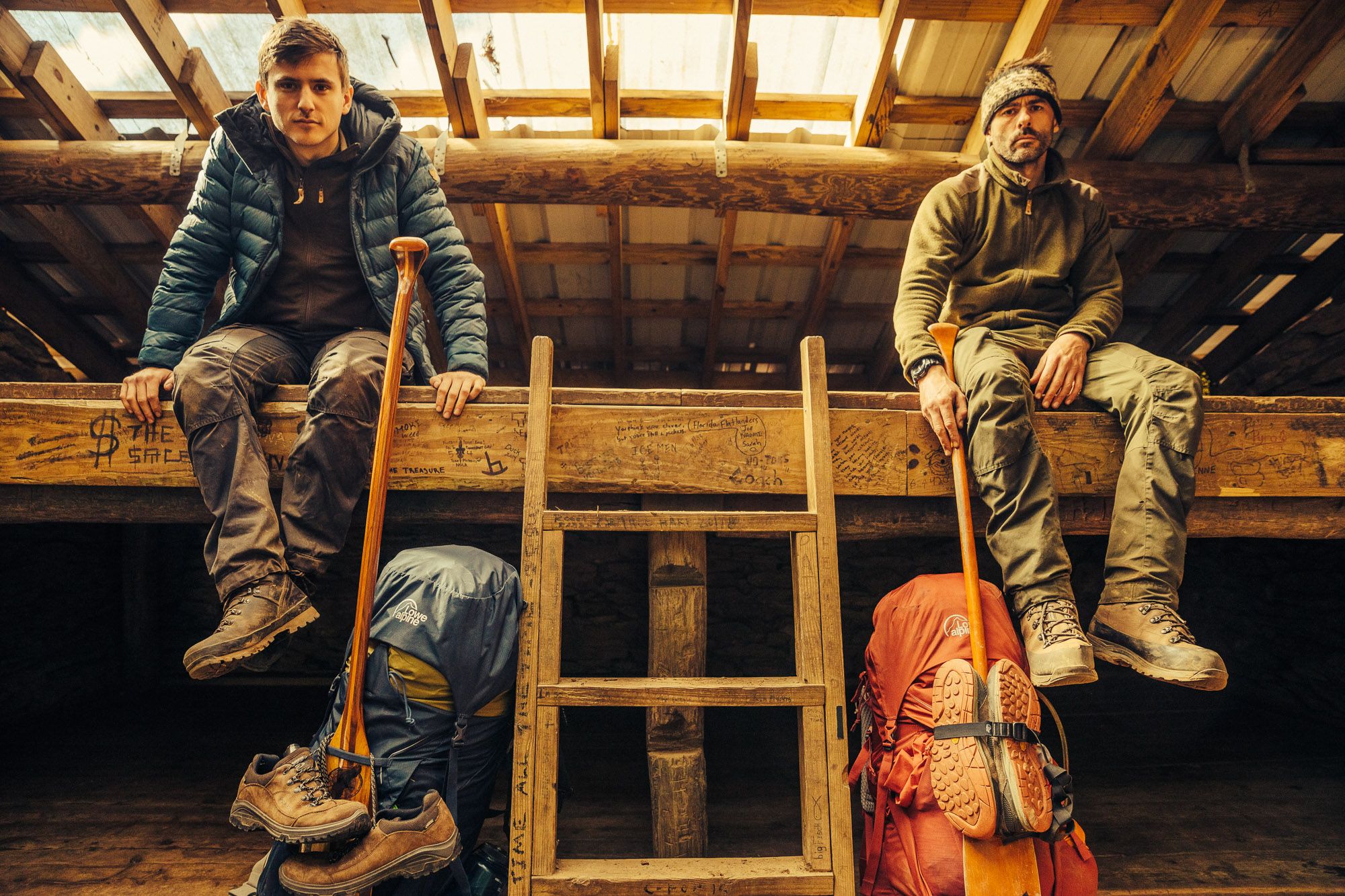
Having friends alongside means they can enjoy the journey to the summit with you. If you train solo during the week, hike as a team or part of a group at the weekend, that way you’ll get used to being part of a team in the demanding environment. Team dynamics help with your approach to leadership and accountability.
On your journey you won’t be alone, you’ll be part of a team and also a valid team member. Being with friends in a similar environment will not only be fun but will give you an insight into the different personalities and abilities in an adventurous and challenging environment, and how to inspire them when the chips are down.
7. Build Exercises for Hiking into Gym and Home Fitness Routines
Most of your outdoor training will focus on walking and strengthening the body slowly for the longer journey you’ll be on, or as close as we can get! But what can we do in the gym or at home to prepare the main muscle group for what we are about to embark on? Here’s a few ideas:
- Stair-climber: This is as close to the mountain path as we can get. The gym's stair climber improves stamina and overall endurance in the lungs and quads. If you're at home or out and about, find a long staircase and incorporate a number of ascents and descents into your walks. Better still, find local hills and work these into your routes. Take them on at pace.
- Squat Jumps: This will build strength and power in your body's largest muscle group, the legs. Stand with both feet shoulder width apart, and drop your bum down behind the knees. Keep the back straight and the head up. Jump explosively up and land as softly as you can onto bent legs. Imagine you’re landing on a plate of glass that you don’t want to break. Complete 3 x sets of 10 jumps daily, adding a few more reps each day.
- Walking Lunges: These not only strengthen the legs, but importantly increase hip and core strength. Stand tall, shoulders back and head up. Step into a forward lunge position with both legs at a 90-degree angle, weight projected forward, back knee a few inches from the floor. Front knee should be aligned over the foot. To change legs simply step into a new lunge and follow the same principles. Complete 10 lunges forward (5 x on each leg), rest and repeat 3 x 5 times.
Note: Please consult a doctor or health and fitness professional before undertaking any exercise or nutritional programme.
8. Find a mentor or someone with previous experience
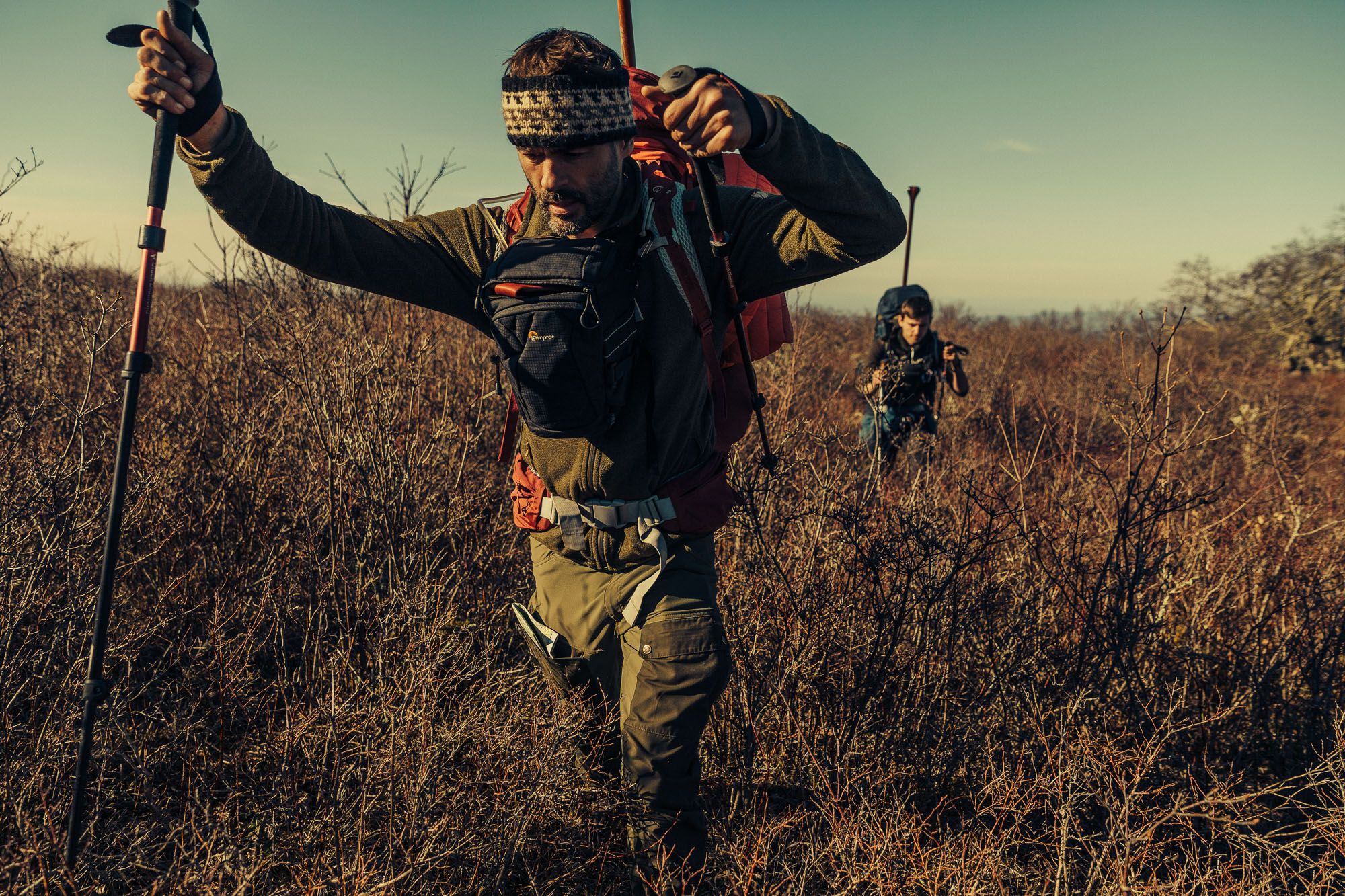
Nothing beats experience. Speaking to someone who has been on the journey before you or has completed something similar could be the difference between carrying a certain piece of equipment you don’t need or wearing a certain type of clothing unsuitable for the climate. The knowledge gained could be priceless and, in some cases, refine your knowledge base, carry weight or equipment considerably.
The tips they have could increase your knowledge and ability to better prepare and be more efficient from there on out. Don’t be afraid to reach out and ask questions. If all else fails email me and I’ll be on hand to help you on your way, with any help I can give!
I’m hoping these tips, learnt through many failures and successes on expeditions, will help enrich and impact you further towards the adventurous landscapes of life that you choose to traverse. Remember, the act of you taking a chance to go a little further will inspire other like-minded people to do the same, and go beyond what they thought was possible. After all, travel, adventure and raw experience are the greatest teachers of who we are and what we’re capable of.
Feeling inspired? Check out our adventure skills in the Peak District weekend, taught by Ian himself, and our other multi-day hiking adventures.

